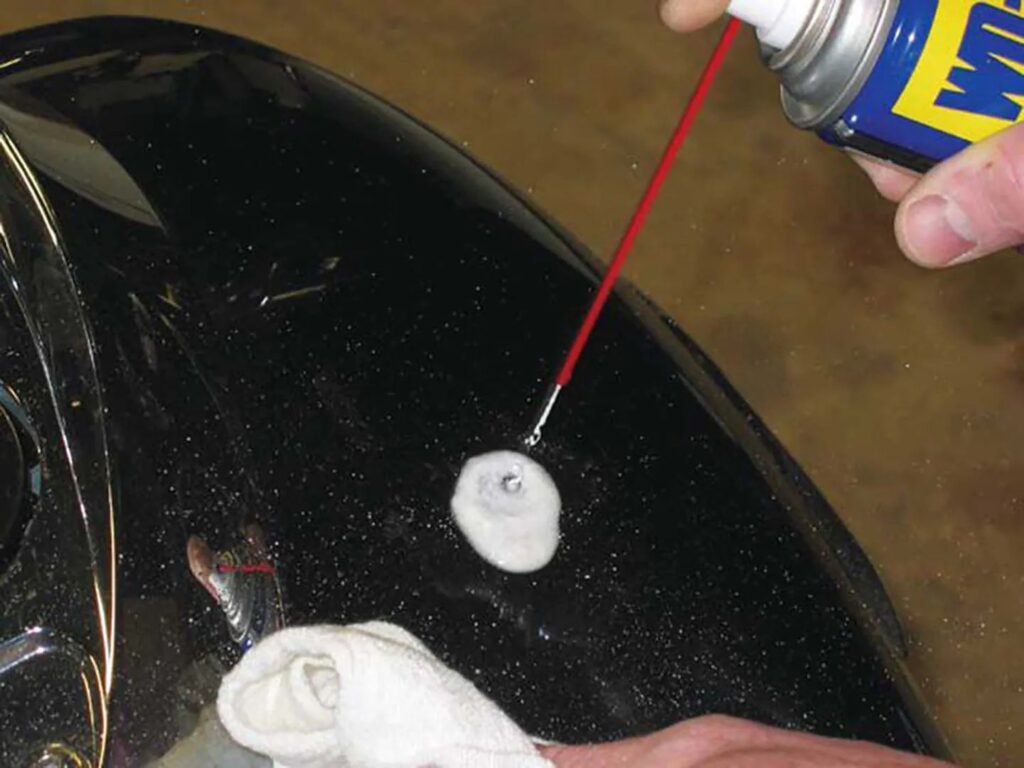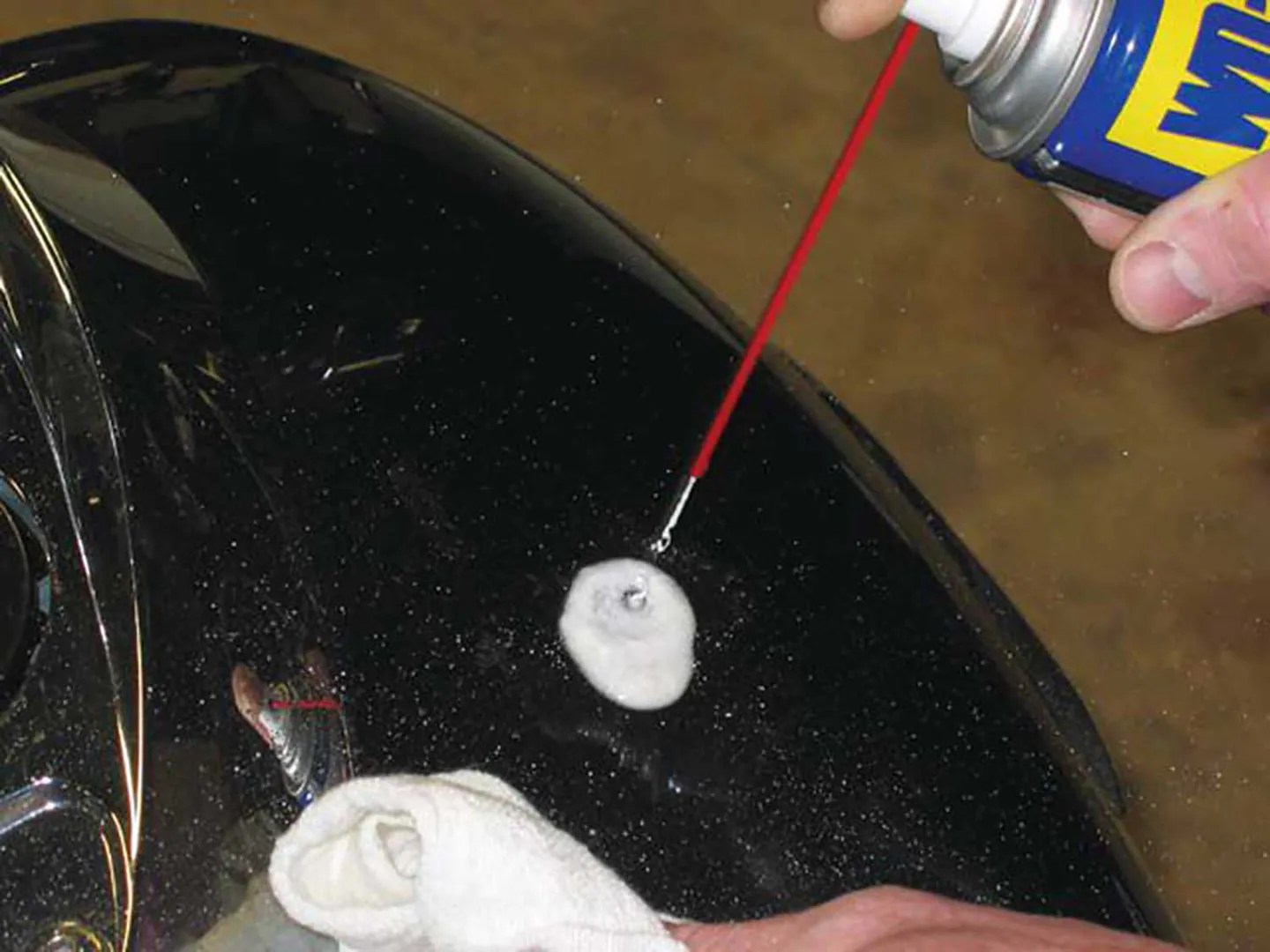
How to Remove Adhesive Glue from Car Paint: A Comprehensive Guide
Discovering unwanted adhesive glue on your car’s paint can be frustrating. Whether it’s from old stickers, residue from protective films, or accidental spills, knowing how to remove adhesive glue from car paint safely and effectively is crucial to maintaining your vehicle’s appearance and value. This guide provides a comprehensive, step-by-step approach, ensuring you can tackle this common problem without causing further damage. We will cover various methods, from gentle household solutions to specialized products, empowering you to choose the best option for your specific situation. Understanding the nuances of different adhesives and paint types is key to a successful removal process. Let’s delve into the details of how to remove adhesive glue from car paint.
Understanding the Problem: Types of Adhesives and Car Paint
Before diving into the removal process, it’s important to understand the different types of adhesives you might encounter. Some common culprits include:
- Pressure-sensitive adhesives (PSAs): Found in stickers, decals, and tapes.
- Construction adhesives: Stronger glues used for bonding materials, often harder to remove.
- Epoxies: Two-part adhesives that create a very strong, durable bond.
Also, consider your car’s paint type:
- Clear coat: The protective layer on top of the base coat.
- Base coat: The actual color of your car.
- Single-stage paint: Combines color and protection in one layer, typically found on older vehicles.
Identifying both the adhesive and paint type will help you choose the appropriate removal method and minimize the risk of damaging the finish. Improper techniques can lead to scratches, swirl marks, or even paint removal, which would require professional repair. Therefore, always start with the gentlest method and gradually increase the intensity as needed.
Essential Tools and Materials
Gathering the right tools and materials is essential for a successful and safe removal process. Here’s a list of items you’ll likely need:
- Microfiber cloths: Soft and non-abrasive for wiping and polishing.
- Plastic scraper: For gently lifting the adhesive without scratching the paint. Avoid metal scrapers.
- Heat gun or hairdryer: To soften the adhesive (use with caution).
- Adhesive remover: Choose a product specifically designed for automotive paint.
- Isopropyl alcohol (rubbing alcohol): A mild solvent for dissolving some adhesives.
- Warm soapy water: For pre-cleaning and rinsing.
- Car wax or sealant: To protect the paint after removing the adhesive.
- Gloves: To protect your hands from chemicals.
Having these items readily available will streamline the process and ensure you have everything you need to remove adhesive glue from car paint effectively.
Step-by-Step Guide: Removing Adhesive Glue
Follow these steps to remove adhesive glue from car paint safely and effectively:
Step 1: Initial Cleaning
Begin by washing the affected area with warm soapy water to remove any dirt or debris. This will prevent scratching the paint during the removal process. Rinse thoroughly and dry with a clean microfiber cloth.
Step 2: Applying Heat (Optional)
If the adhesive is stubborn, gently apply heat using a heat gun or hairdryer. Keep the heat source moving and avoid holding it in one spot for too long, as excessive heat can damage the paint. The goal is to soften the adhesive, making it easier to remove. This step is particularly useful for pressure-sensitive adhesives.
Step 3: Using a Plastic Scraper
Carefully use a plastic scraper to lift the edge of the adhesive. Work slowly and gently, avoiding excessive pressure. If the adhesive is not lifting easily, reapply heat or try a solvent. This is a crucial step in how to remove adhesive glue from car paint without causing scratches.
Step 4: Applying Adhesive Remover
Apply a small amount of adhesive remover to a clean microfiber cloth and gently dab the affected area. Allow the remover to sit for a few minutes, following the product instructions. Avoid spraying the remover directly onto the paint, as this can cause overspray and potential damage. After a few minutes, gently wipe away the adhesive with the cloth. Repeat as necessary.
Step 5: Using Isopropyl Alcohol (Alternative)
If you don’t have adhesive remover, isopropyl alcohol can be a suitable alternative for some adhesives. Apply it to a clean microfiber cloth and gently rub the affected area. Test a small, inconspicuous area first to ensure it doesn’t damage the paint. This is a gentler method for how to remove adhesive glue from car paint.
Step 6: Final Cleaning and Polishing
Once the adhesive is removed, clean the area with warm soapy water to remove any residue from the adhesive remover or alcohol. Rinse thoroughly and dry with a clean microfiber cloth. Inspect the area for any remaining adhesive and repeat the process if necessary. Finally, apply car wax or sealant to protect the paint and restore its shine. This step is essential for maintaining the appearance of your vehicle.
Specific Adhesive Removal Techniques
Different types of adhesives may require slightly different approaches. Here are some specific techniques for common scenarios:
Removing Sticker Residue
Sticker residue often responds well to heat and adhesive remover. Apply heat to soften the residue, then use a plastic scraper to lift the edges. Follow with adhesive remover to dissolve any remaining adhesive. [See also: Best Car Detailing Practices]
Removing Tape Residue
Tape residue can be particularly stubborn. Try using a citrus-based adhesive remover, which is effective at dissolving the adhesive without damaging the paint. Apply the remover, let it sit for a few minutes, and then wipe away the residue with a clean microfiber cloth.
Removing Glue from Protective Films
Protective films often leave behind a sticky residue. Heat can be helpful, but be careful not to overheat the film, as this can make it even harder to remove. Use a plastic scraper and adhesive remover to gently lift and dissolve the residue.
Preventing Adhesive Glue Problems
Prevention is always better than cure. Here are some tips to prevent adhesive glue problems in the first place:
- Use high-quality adhesives: If you need to apply stickers or decals, choose products with removable adhesive.
- Apply protective films correctly: Follow the manufacturer’s instructions carefully to avoid air bubbles and adhesive buildup.
- Remove adhesives promptly: The longer an adhesive sits on your car’s paint, the harder it will be to remove.
- Store adhesives properly: Keep adhesives in a cool, dry place to prevent them from becoming sticky and difficult to remove.
By following these tips, you can minimize the risk of encountering adhesive glue problems on your car’s paint.
When to Seek Professional Help
In some cases, removing adhesive glue from car paint may be beyond your capabilities. If you’ve tried the methods outlined above and are still struggling, or if you’re concerned about damaging the paint, it’s best to seek professional help. A professional detailer or auto body shop has the expertise and tools to safely remove the adhesive without causing further damage. This is especially important for delicate or valuable vehicles. Knowing when to seek professional help can save you time, money, and frustration in the long run. They can also address any paint damage that may have already occurred, ensuring your car looks its best. Understanding how to remove adhesive glue from car paint is valuable, but knowing your limitations is equally important.
Choosing the Right Adhesive Remover
Selecting the correct adhesive remover is vital for successful removal without damaging your car’s paint. Look for products specifically designed for automotive use, as these are formulated to be safe on clear coat and base coat finishes. Avoid using harsh chemicals or solvents, such as acetone or lacquer thinner, as these can strip the paint and cause irreversible damage. Always test the adhesive remover in an inconspicuous area before applying it to the entire affected area. Read the product instructions carefully and follow them precisely. Some popular and effective adhesive removers include:
- 3M Adhesive Remover: A widely trusted and effective option for various adhesives.
- Goo Gone Automotive: Safe for automotive surfaces and effective on sticker residue.
- Krud Kutter Adhesive Remover: A powerful remover that is also biodegradable.
Remember to prioritize safety and always wear gloves when handling adhesive removers. Proper ventilation is also important to avoid inhaling harmful fumes. By choosing the right adhesive remover and following safety precautions, you can remove adhesive glue from car paint with confidence.
Alternative Methods for Removing Adhesive
While commercial adhesive removers are often the most effective solution, several alternative methods can be used to remove adhesive glue from car paint. These methods may be gentler and more suitable for sensitive paint finishes or minor adhesive residue. Here are a few alternatives to consider:
- Peanut Butter: The oils in peanut butter can help dissolve some adhesives. Apply a thin layer to the affected area, let it sit for a few minutes, and then wipe away with a clean cloth.
- Cooking Oil: Similar to peanut butter, cooking oil can help break down the adhesive. Apply a small amount to the residue, let it sit, and then wipe away.
- Baking Soda Paste: Mix baking soda with water to create a paste. Apply the paste to the adhesive residue, let it dry, and then gently scrub away with a soft cloth.
- Vinegar: White vinegar can be effective on some adhesives. Apply it to a clean cloth and gently rub the affected area.
These alternative methods may require more patience and effort, but they can be a safer option for delicate paint finishes. Always test these methods in an inconspicuous area first to ensure they don’t cause any damage.
Final Thoughts
Knowing how to remove adhesive glue from car paint is an essential skill for any car owner. By understanding the different types of adhesives, gathering the right tools and materials, and following the steps outlined in this guide, you can effectively remove unwanted adhesive without damaging your vehicle’s finish. Remember to always start with the gentlest method and gradually increase the intensity as needed. When in doubt, seek professional help to avoid causing further damage. With the right approach, you can keep your car looking its best and maintain its value for years to come. The key takeaway is to be patient, methodical, and prioritize the safety of your car’s paint. [See also: Car Paint Protection Tips]

